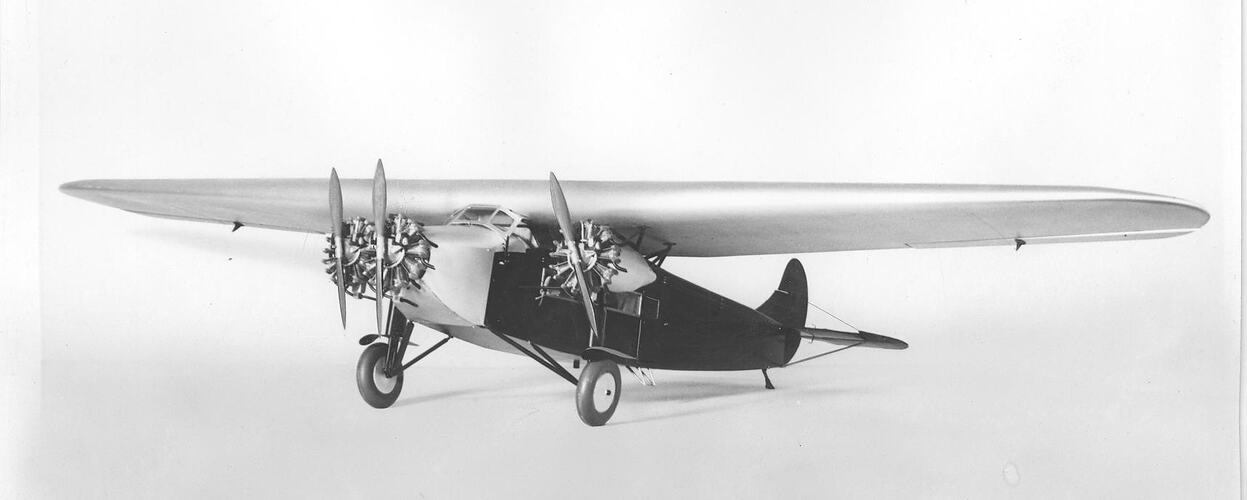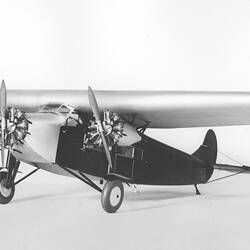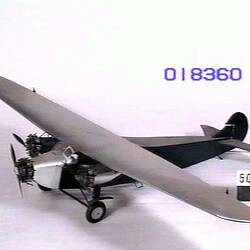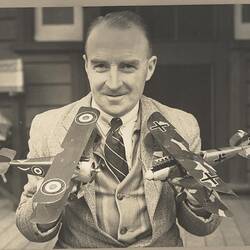Summary
Aircraft History
The Dutch aircraft designer Anthony Fokker had been one of the leading early innovators and manufacturers of civil and military aircraft. His fighter aircraft designs used during World War One by the German Air Sevice included the Eindekker monoplane, Dr.1 triplane and F.VII biplane. Fokker continued to produce aircraft after the war for the emerging civil aviation market. German designer Walter Rethel worked for Fokker as a designer in the early 1920s. Rethel later worked as chief engineer for BFW (later Messerschmitt AG) in Germany and was co-designer of the Bf 109 fighter. His F.VII and F.VIIA high-wing monoplane design had a single engine but the F.VIIA-3m was fitted with three engines. The prototype had been commissioned for the Ford Reliability Tour in America. It was a success and was put into production in two versions as the F.VIIA-3m and F.VIIB-3m. The type was popular with long distance flyers and was used in the Arctic by Richard Byrd. Charles Kingsford Smith and three crew used the Fokker F.VII-3m 'Southern Cross' for the first trans-Pacific flight from America to Australia in 1928. Other users included Amelia Earhart and Hubert Wilkins. About 116 aircraft of both types were built. The type was built under licence in the UK as the Avro X. Several Avro X aircraft equipped Australian National Airways in the early 1930s operating the first regular interstate air service in Australia. One of these aircraft was the 'Southern Cloud' which disappeared over the Snowy Mountains in March 1931 and was only discovered in 1958.
Model History
This 1:16 scale model of the Southern Cross was commissioned by the Museum and made by Harold P. Wood. It was delivered to the Museum in 1931.
More Information
-
Collection Names
-
Collecting Areas
-
Acquisition Information
Purchase
-
Modelmaker
Mr Harold P. Wood, Barkly Street, Benalla, Victoria, Australia, 1931
-
Classification
Air transport, Aircraft, Model propeller aircraft - passenger
-
Category
-
Discipline
-
Type of item
-
Overall Dimensions
900 mm (Length), 1350 mm (Width), 230 mm (Height)
-
Model Scale
1:16
-
Keywords





